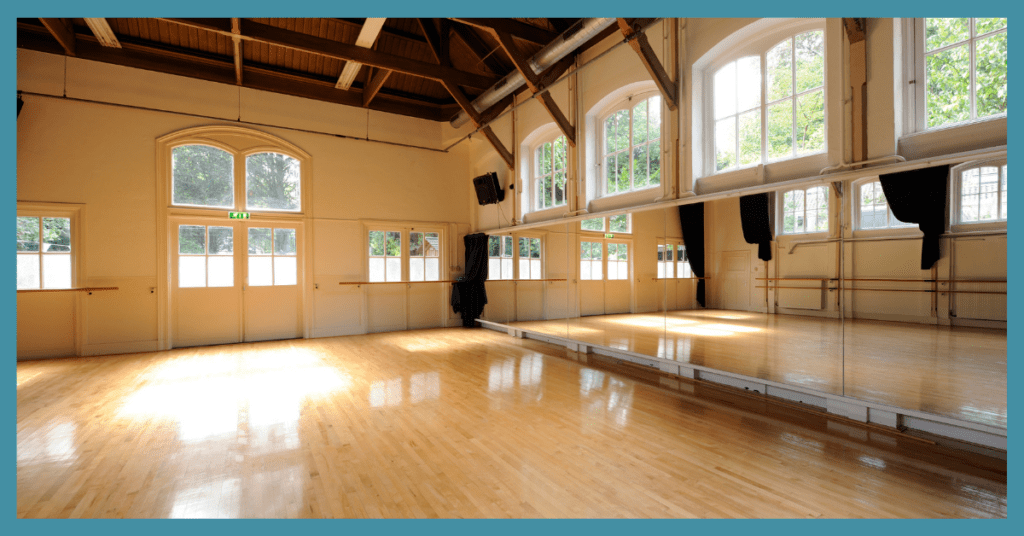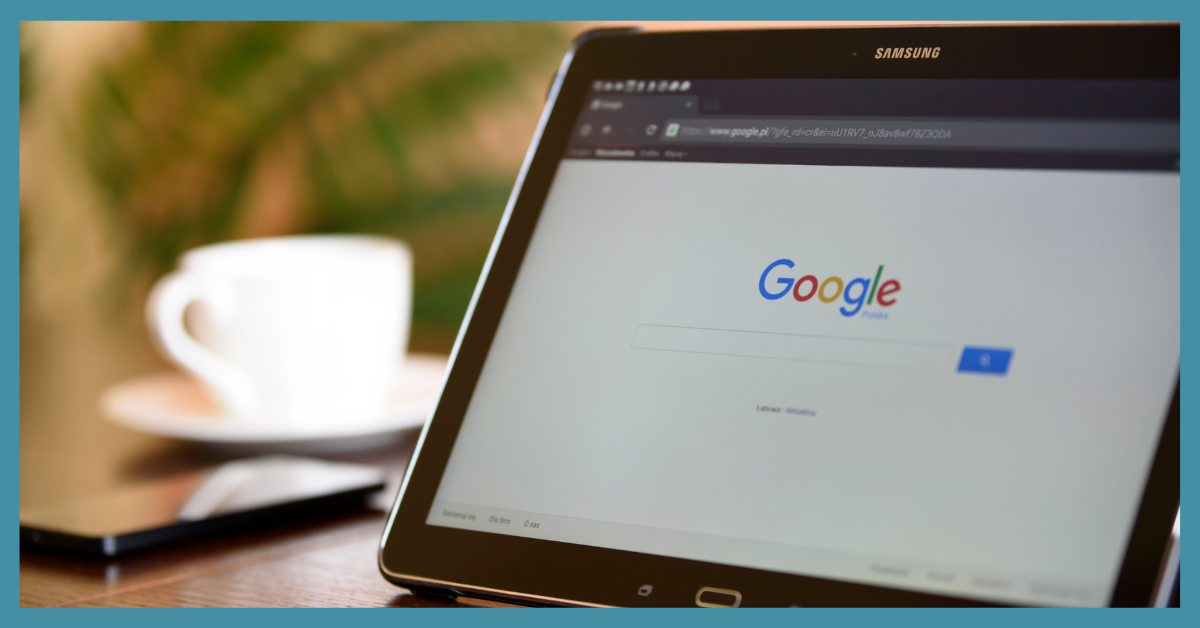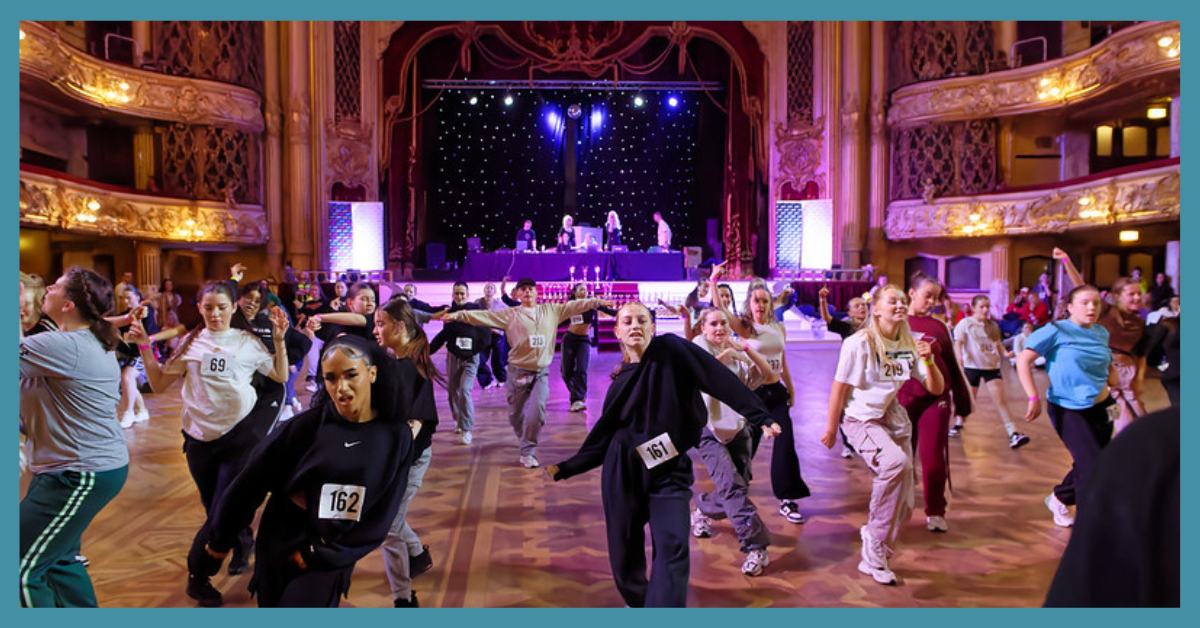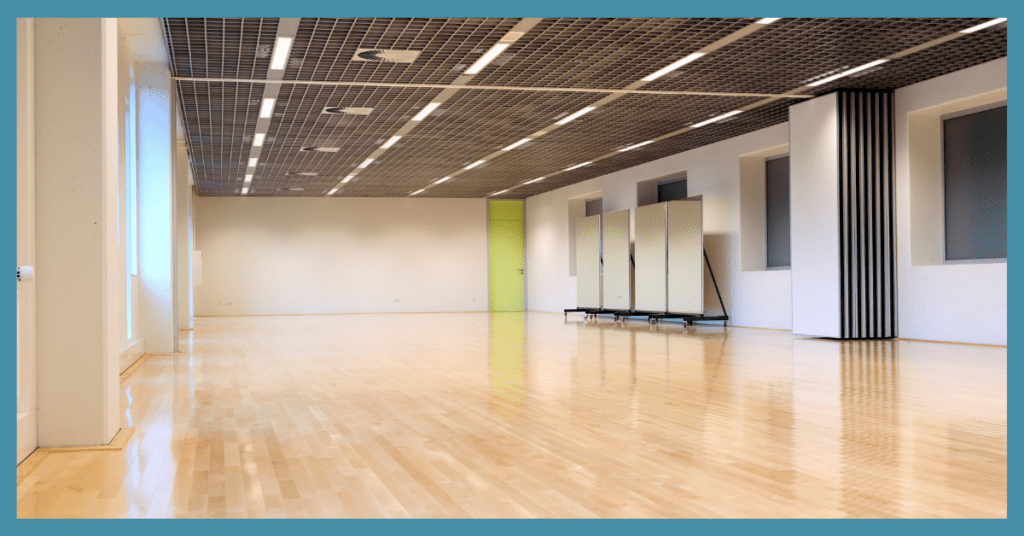Keeping It Safe: How to Nail Safeguarding in Private Dance Lessons

Why Safeguarding’s a Big Deal in Private Lessons
Private lessons are often just you and one student, which is different from the buzz of a regular class. That’s why having solid rules to protect both you and your student is crucial. It’s all about making sure everyone feels safe and secure.
Setting Clear Ground Rules
First off, it’s essential to establish clear rules that everyone understands—staff, students, and their families. This includes ensuring all teachers have current and thorough background checks. However, that’s just the beginning.
Keeping Things Open and Secure
Communication is crucial in private lessons. Consider whether any necessary contact is required due to the style of dance you are teaching, such as hands-on corrections. Ensure that you, as the teacher, understand how to do this safely and clearly to protect both yourself and the student. Parents need to be kept in the loop as well—inform them about what’s being taught, where it’s happening, who’s present, and how they can get in touch during lessons.
While you may not allow parents to be in the same room during lessons, it’s always a good idea to teach in a space where parents can peek through a window or a vision panel. This keeps things transparent and ensures everything remains above board.
Building a Safe Space
At our dance school, we always aim to have more than one adult present during private lessons or, if possible, to hold lessons where another lesson is happening in the same room. This approach is reassuring not just for the teachers but for the students as well. Students often find it easier to relax with another friendly face around, and it keeps the atmosphere lively and engaging.
Tech Can Help Too
Using technology like CCTV can add an extra layer of safety. It’s the sort of thing you hope you never need, but if something does come up, it’s invaluable to have a record of what happened. We’ve had instances where reviewing CCTV footage has been incredibly helpful in resolving issues.
Really Talk to Your Students
It might seem small, but just asking your students how they’re feeling about the lessons can make a huge difference. Check if they’re happy with how things are going, or if they want to go over something again. It shows you care about them, not just about teaching the steps.
Keep Chatting to Parents Too
Regular communication with parents is just as important. If you notice something is off with a child—perhaps they’re not acting like themselves—it’s important to mention it. I recommend inviting parents in for a couple of minutes at the end of every 2-3 weeks. This allows you to show them the progress being made and the types of activities being covered in the lessons.
Other Thoughts and Tips from Experience
From years of teaching, I’ve learned that having a clear safeguarding policy in place for private lessons is really good idea. Here are a few things to consider:
- Responsibility Times: Clearly define who is responsible for the child during the following times:
- While waiting for the lesson to be called into the studio.
- If the child needs to leave the lesson for a toilet break or drink
- After the class has finished or while waiting between two classes/lessons if attending more than one.
- Parental Presence: Consider implementing guidelines about whether parents must stay and wait for the lesson or if they can leave. This helps manage expectations and ensures everyone knows their role in keeping the environment safe.
- Changing Outfits: If kids need to change outfits between lessons, make sure there’s a private spot for that, well away from teaching areas. This maintains their privacy and comfort.
- Safeguarding Leads: Ensure that everyone knows who the safeguarding leads are in your dance school. Having designated individuals helps manage and address any concerns efficiently.
Wrapping Up
Ensuring the safety of private dance lessons requires vigilance, clarity, and continuous communication. By adhering to these safeguarding steps, we’re not just protecting everyone involved, but also creating an environment where dance can truly thrive.
Let’s continue to support each other and make sure our private lessons are as safe as they are fun and rewarding.






Responses